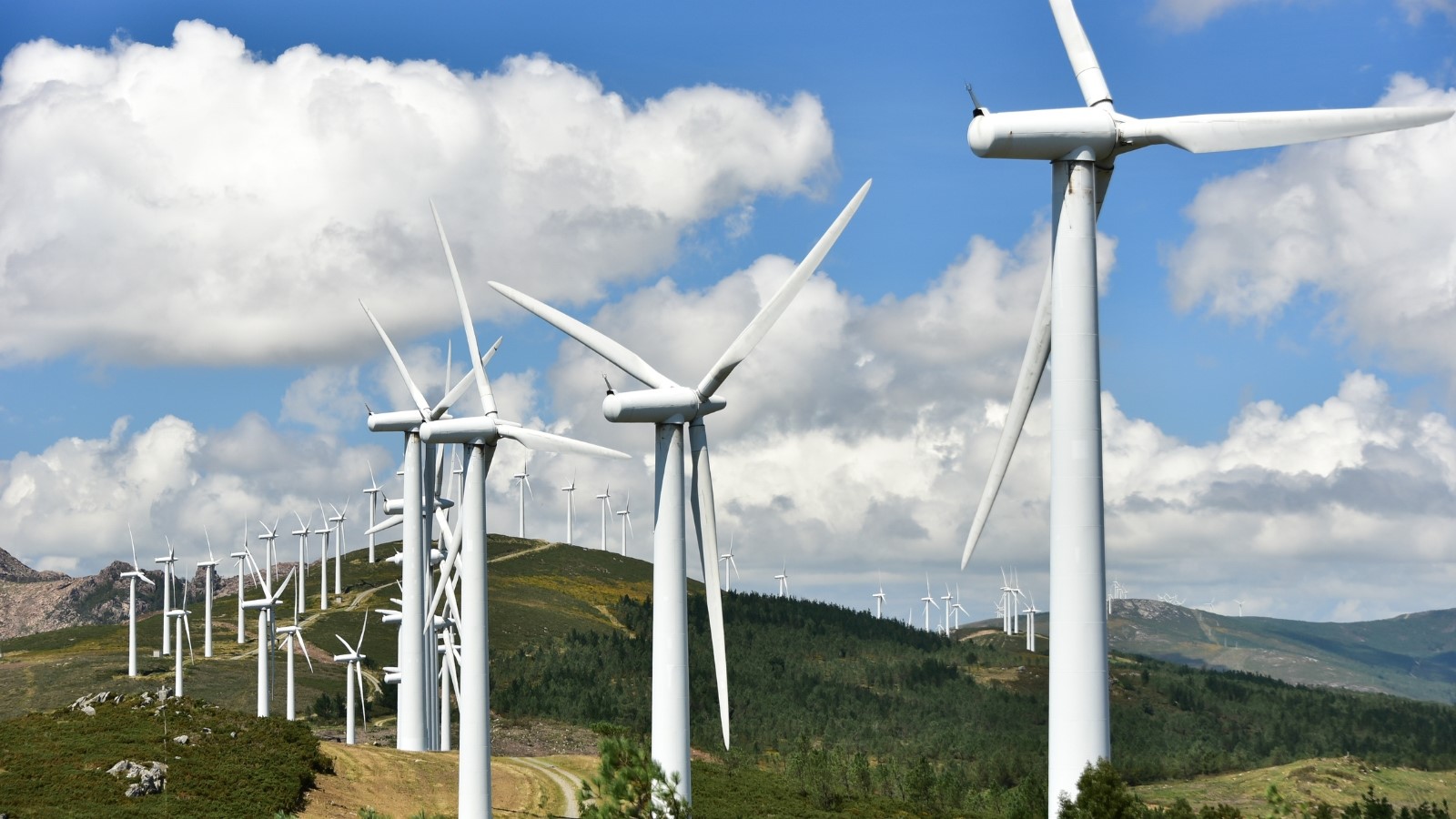New UK government lifts onshore wind ban
09 July 2024

09 July 2024

The de facto ban on onshore wind farms has been removed by the new Labour government, with simplified planning rules paving the way for new wind projects in the UK.
A policy statement from the UK’s Department for Energy Security and Net Zero (DESNEZ) heralds onshore wind as a clean power boost for Britain’s energy independence, with the rollout of onshore wind farms supporting skilled green jobs, climate solutions, and energy bill relief.
In particular, the new government has removed two key planning hurdles that previously hindered the progression and development of onshore wind farms in the UK:
The removal of the above criteria take effect as of 8 July 2024 and changes will be reflected in the upcoming National Planning Policy Framework, stimulating immediate and impactful change for onshore wind developers.
As an additional boost to the UK’s wind energy sector, Labour has announced plans to consult on designating large windfarms as nationally significant infrastructure projects, meaning the UK energy secretary, Ed Miliband, could sign off on these projects without interruption from local councils.
This policy announcement is a huge win for the UK’s renewable energy sector and energy security for businesses and households. According to Carbon Brief, UK wind generates electricity at an average price of £48 per MWh, nine times cheaper than the cost of running gas-fired power stations. In spite of this, a key barrier to the UK reaching its full wind energy potential has long been cited as planning and consenting issues.
What’s more, Friends of the Earth carried out a detailed analysis suggesting that just 3 per cent of England’s land could be used to produce 13 times more renewable energy. Onshore wind farm are a key tool in utilising this space to generate clean energy for the UK, with stringent planning permission rules and the former de facto ban hampering this potential.
The UK has the potential to be a global wind energy superpower by combining the generation of both onshore and offshore farms. The UK has pockets of land that are ideally suited to renewable energy generation. North Yorkshire, for example, has the potential to generate 22,878 GWh of energy generation where current consumption is just 19,322
Removing unnecessarily complex planning rules is just the start of what is hopefully a prosperous new era for UK renewables.
Ashley Hulme, Green Technologies & Services Consultant, Green Economy


Share